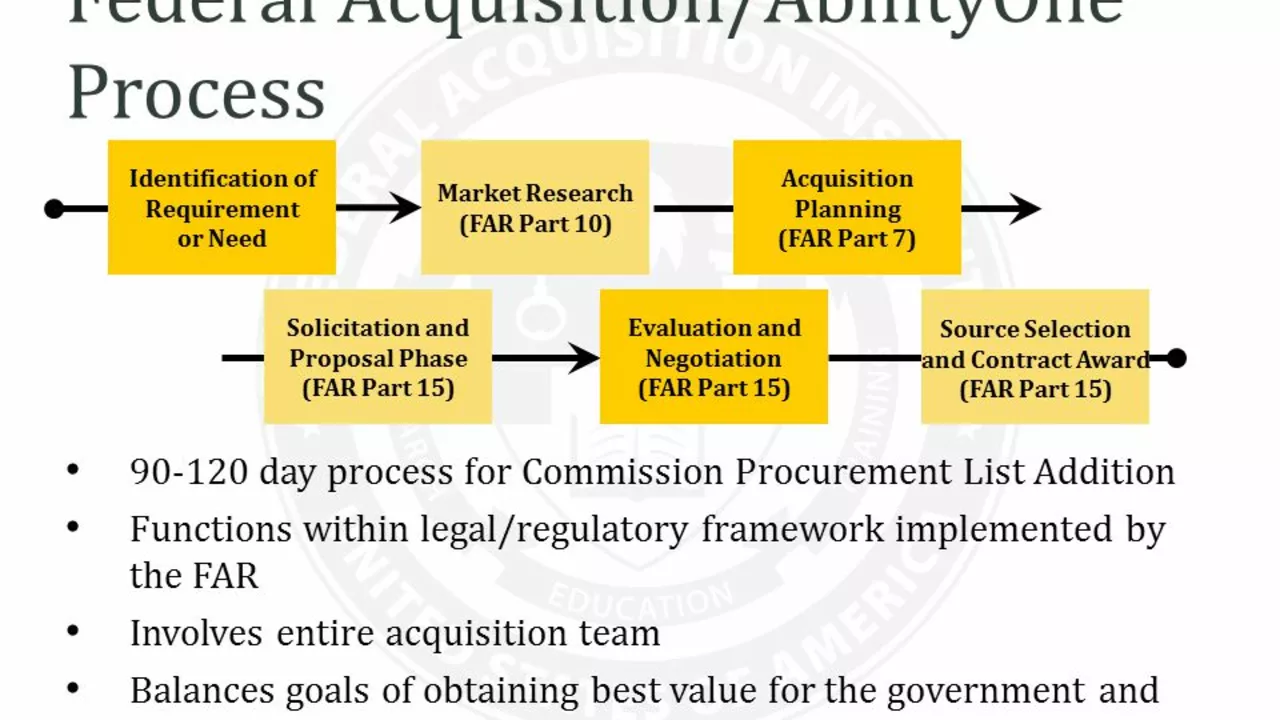Trademark Basics for Soccer Clubs
If you love Tylorstown Soccer Club, you’ve probably seen the badge on jerseys, banners, and the website. That badge isn’t just a cool design – it’s a trademark. A trademark is a legal tool that protects a name, logo, or slogan from being used by anyone else. Think of it as a badge of ownership that stops others from copying your club’s identity.
Why should you care? Because a strong trademark keeps the club’s brand safe, helps sell merchandise, and makes it easier to attract sponsors. Without protection, anyone could print a replica jersey and sell it, taking away potential revenue and confusing fans. In short, a trademark is the foundation of a club’s commercial success.
Why trademarks matter for soccer clubs
First, a trademark gives you exclusive rights. If another team tries to use the same name or logo, you can take legal action. This stops cheap knock‑offs that could damage the club’s reputation. Second, it adds value. When a club looks for investors or partners, a registered trademark shows that the brand is serious and protected. Third, it builds trust with fans. Knowing the club owns its symbols makes supporters feel more connected and reassured that their gear is authentic.
Even small community clubs benefit. Registration isn’t just for the Premier League giants; it’s affordable and scales with the size of the club. The process usually starts with a simple search to make sure no one else has the same mark. If the coast is clear, you file an application with the relevant trademark office and wait for approval.
How to register and protect your trademark
Start with a clear definition of what you want to protect – the club name, the crest, a slogan, or even a distinctive colour scheme. Then run a search on the UK Intellectual Property Office website to see if anything similar already exists. If you find a clash, tweak the design or wording before you file.
Next, choose the right class of goods and services. For a soccer club, you’ll likely need classes covering sports equipment, clothing, and promotional services. Fill out the online application, pay the fee (usually a few hundred pounds), and attach a clear image of the logo.
After submission, the office will examine the request. They might ask for clarifications, but most straightforward marks get approved within a few months. Once registered, you get a certificate and the right to use the ® symbol.
Protection doesn’t end at registration. Keep an eye on the market for potential infringers. If you spot unauthorized merchandise, send a cease‑and‑desist letter or work with a legal adviser to enforce your rights. Renew the registration every ten years to keep it alive.
In practice, many clubs set up simple brand guidelines that tell everyone how the logo can be used. This makes it easier for sponsors, printers, and volunteers to stay within the rules. It also reduces the chance of accidental misuse that could weaken the trademark.
For Tylorstown Soccer Club, protecting the orange‑blue crest means you’ll see genuine gear in the shop, not cheap copies. It also means sponsors can confidently link their name to a protected brand, boosting both parties’ credibility.
Bottom line: a trademark is a cheap insurance policy that safeguards the club’s identity, revenue, and fan loyalty. Whether you run a local youth team or a semi‑professional side, taking the steps to register and enforce a trademark is worth the effort.
Ready to protect your club’s badge? Start with a quick online search, gather your designs, and file that application. The peace of mind you gain will pay off every time a fan proudly wears your logo.
How long does it take to get a trademark?

